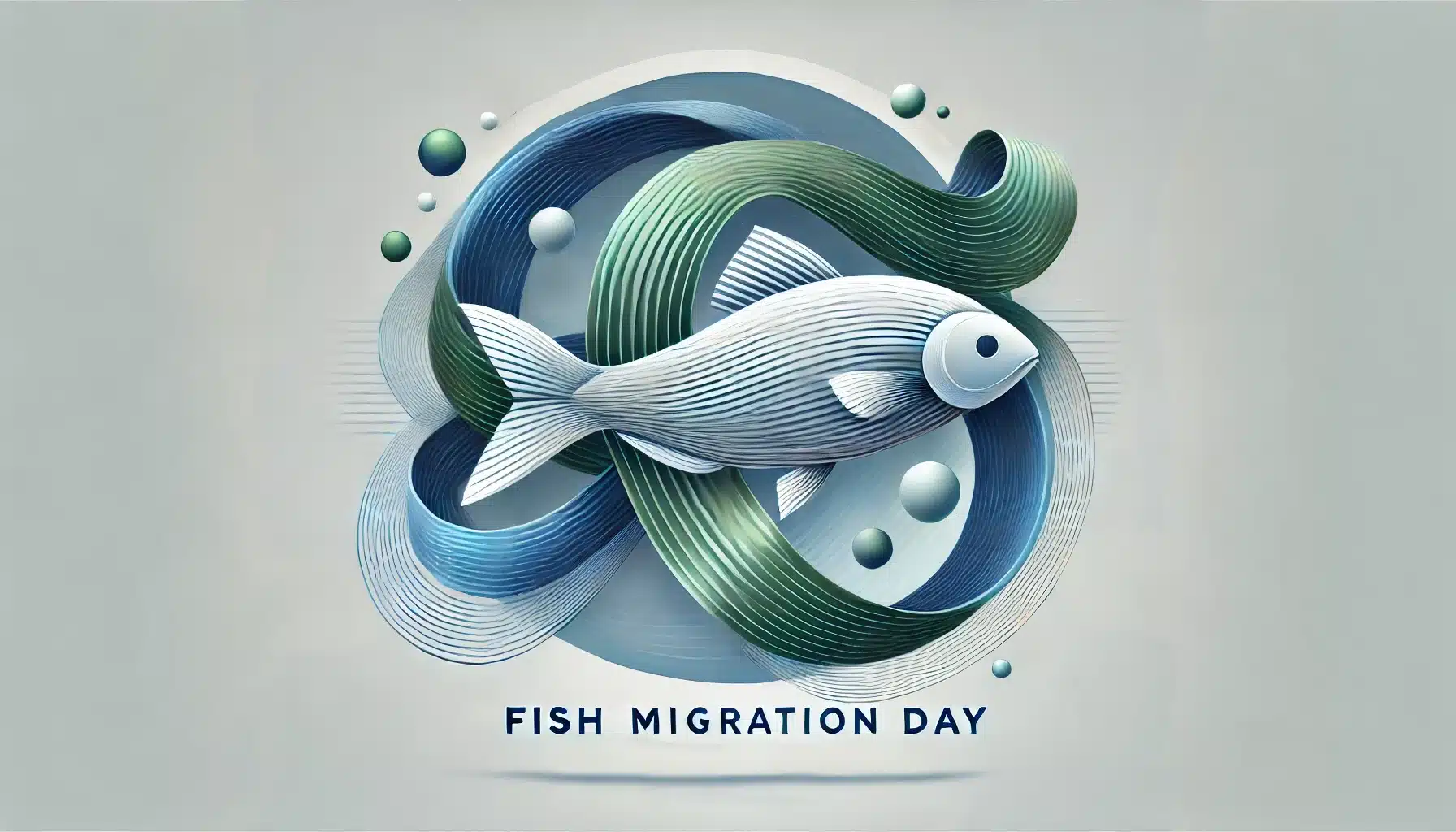What is World Fish Migration Day?
World Fish Migration Day is held every two years on a Saturday in May to raise awareness about the importance of free-flowing rivers and migratory fish. The event brings together organizations, schools, communities, and individuals around the world to highlight the challenges fish face when their migration paths are blocked by dams, weirs, and other barriers.
The day celebrates the vital connection between fish, rivers, and people, and encourages local and global action to protect and restore river ecosystems. It serves as a reminder that healthy rivers are essential for biodiversity, food security, and environmental balance.
History and Origin
World Fish Migration Day was first celebrated in 2014 as an initiative of the World Fish Migration Foundation. The idea was to create a single day where people from all over the world could focus on the importance of migratory fish and the rivers they rely on.
The first edition featured events in over 40 countries and has continued to grow in scale and impact. Activities range from river clean-ups and fish ladder tours to educational workshops and cultural celebrations;all aimed at reconnecting fish with their natural routes.
Who Participates in World Fish Migration Day?
- Environmental organizations: Plan awareness campaigns and restoration events.
- Government agencies: Promote policies and support river-friendly infrastructure.
- Educational institutions: Run school projects and outdoor learning sessions.
- Local communities: Host clean-ups, festivals, and nature walks.
- General public: Learn, participate, and advocate for healthier rivers and wildlife.
Slogans and Themes
World Fish Migration Day often highlights the value of river connectivity and species survival. Themes focus on community involvement, biodiversity, and sustainable water systems.
Slogans include “Connecting Fish, Rivers, and People,” “Free Flow,” and “Break Free,” all underscoring the need to remove barriers and restore natural migration routes.
Colors
- Blue: Represents water and aquatic ecosystems.
- Green: Stands for restoration, balance, and life.
- White: Reflects purity and the goal of clean, unobstructed rivers.
Symbols
- Fish: Represent species like salmon, eel, and trout that rely on migration.
- River waves: Symbolize the natural flow of water.
- Bridge: Highlights the link between people and river ecosystems.
Patterns
- Flowing water motifs: Suggest movement, freedom, and natural rhythm.
- Fish scale designs: Emphasize species diversity.
- Interconnected lines: Reflect ecosystems connected by migration.
Most Used Hashtags
- #WorldFishMigrationDay
- #FreeFlow
- #MigratoryFish
- #RiverConservation
- #ConnectFishPeople
How to Celebrate World Fish Migration Day
- Join a local event: Take part in a river walk, clean-up, or educational tour.
- Learn about local species: Discover which fish in your region depend on migration.
- Volunteer or donate: Support projects that improve fish passage and river health.
- Spread the word: Share posts, facts, or photos using the day’s hashtags.
- Talk to leaders: Encourage policies that protect rivers and aquatic biodiversity.
Why is World Fish Migration Day Important?
Migratory fish are essential to ecosystems, food chains, and local economies, but they face increasing threats from blocked waterways, pollution, and climate change. When rivers are fragmented, fish can’t reach their breeding or feeding grounds, leading to population declines.
World Fish Migration Day raises global awareness of these issues and promotes solutions like dam removal, fish passages, and restored wetlands. Supporting fish migration not only helps nature;it strengthens communities and ensures healthier rivers for future generations.
Features
Saturday in May: Fish Migration Day
Why do you keep falling for the same type?
Read the article Lovemaps: the hidden blueprint of our love.

